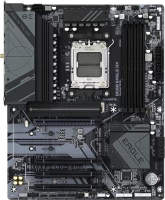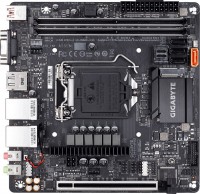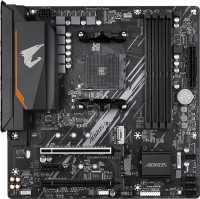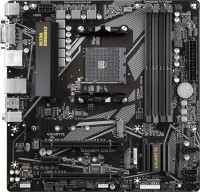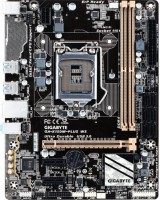Motherboards Gigabyte series Aero (creative)
prices on 5 modelsGigabyte Aero
In terms of prices and equipment, the Aero models noticeably echo the gaming motherboards from the Aorus series. Both series offer the user's choice of both mid-range models with B650-level chipsets, and near-top solutions with Intel Z and AMD X chipsets. Both lines are usually equipped with high-performance power converters, massive heatsinks for cooling VRM, near-socket space and M zone .2, making it suitable for mid to high end workstation or gaming PC builds.
 |
What is the difference? If Aorus boards usually focus on overclocking components and some additional tools that help win games, Aero boards are designed for designers, artists, musicians, coders, VFX specialists and other representatives of the "creative shop". And they focus on a variety of peripherals, the integration of the Thunderbolt protocol, the convenience of connecting external screens, the speed of data exchange between the drive and other components.
Some models, like the Z690 AERO G, have unique features like the VisionLINK USB port, which can simultaneously transfer an image, copy data, and charge a connected device. Others have a microphone that helps determine what exactly is making noise inside the case. Still others have an extended set of M.2 ports (note: from 4 to 6 pieces) with an integrated RAID controller, so that the user can assemble a fairly complex disk array. Plus, most of the representatives of this series are equipped with an advanced network controller with increased bandwidth and a built-in wireless receiver.

